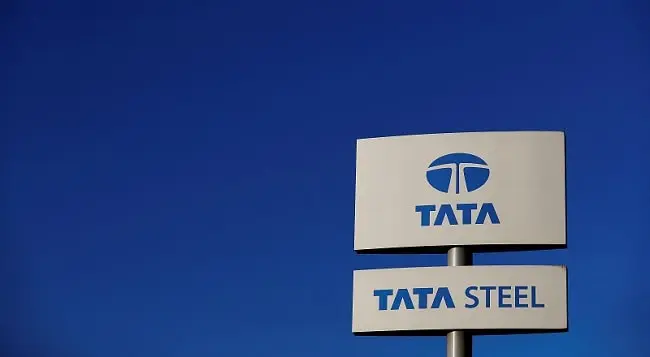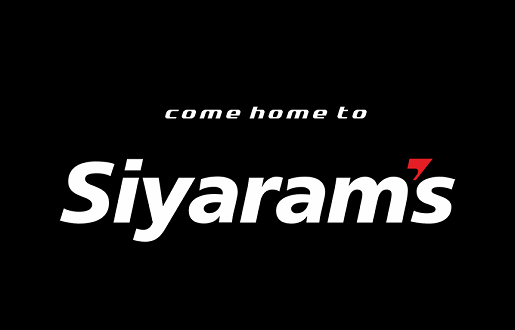Tata Motors Net Worth, CEO, Founder, Head Office, History
The Tata Group is a large and longstanding company in India. Tata Steel is one of its main businesses and helped make Tata famous.
This article will focus on Tata Steel’s business.
We’ll examine its products, competitors, customers, prices, and services. Understanding these will show us how Tata Steel operates in the market.

Overview of Tata Steel
Tata Steel Limited, once Tata Iron and Steel Company Limited (TISCO). It is a public company in India. It was started in 1907 by Jamshedji Tata and belongs to the Tata Group. In 2013, it was the sixth most valuable brand in India, according to Brand Finance.
Tata Steel has grown its business through partners and subsidiaries.
It aims to improve living standards and build trust. It was one of the first to create jobs during British rule. The Parsi saying ‘Humata Hukhta Hvarshta’—good thoughts, words, and actions—is important. Tata Steel contributes to society through trusts and institutes. It’s a major contributor to India’s GDP, accounting for nearly 4% in 2018.
| Name of the Company | Tata Steel |
| Founded in | 1907 |
| Headquarters | Mumbai |
| Founders | Sir Dorabji Tata |
| No. Of employees | 21000 |
Business Model Of Tata Steel
A business model is how a company makes money. It’s crucial for any business, whether starting up, entering a new industry, or changing its plans. Let’s see how Tata Steel makes its business model work.
1. Business Model Of Tata Steel – Product Offerings
Tata Steel is a big steel producer globally, ranking 10th worldwide and second in India in 2015. They can produce 25.3 million tonnes of steel every year. Tata Steel supplies products to 5,000 customers and 2.5 million consumers annually.
They serve different sectors like agriculture, energy, consumer goods, automotive, construction, lifting, aerospace, packaging, and engineering.
Their products include construction materials like roofs, walls, floors, and structural steel. They also make flat products such as electrical steels, packaging steels, and tubes.
Tata Steel offers services like consulting, research, and automation.
2. Business Model Of Tata Steel – Pricing Strategy
In 2015-16, Tata Steel made 117,151 crore rupees and had assets worth 163,250 crore rupees. Their pricing strategy is affected by communication, distribution, product policies, production costs, competition, demand, and government laws.
Tata Steel believes in a pricing policy that balances survival, expansion, and long-term profits. They use a Market Penetration Strategy, offering affordable products to gain more market share. By keeping prices lower than competitors, they prevent others from entering the market.
3. Business Model Of Tata Steel – Services
- Management of the Supply Chain:
Tata Steel works closely with its customers to improve their supply chain processes. This means helping them manage how they get materials and products to maximize efficiency and stay ahead in the market
When customers need materials, Tata Steel places orders with mills for different types and sizes of materials they need. These mills then roll the materials and deliver them according to the customer’s request.
Tata Steel also makes sure they have just the right amount of materials in stock for each customer. They process these materials to fit the specific requirements of each customer and make sure they’re delivered on time.
Tata Steel also gives Just In Time (JIT) and Just In Sequence (JIS) supplies. This means they deliver materials exactly when and where customers need them. It helps save money on inventory and makes things run smoother.
- Quality Control:
Quality assurance means ensuring products or services meet customer needs without errors. Tata Steel focuses on quality management to deliver what customers expect.
Tata Steel has certifications like ISO 9000 and IATF 16949, showing they care about quality. They use different methods to do better, avoid mistakes, make products better, keep workers safe, and cut carbon emissions.
They have Quality Assurance Employees (QAP) or Product Application Group (PAG) members at different locations to address customer issues and ensure defect-free products.
Customers discuss their requirements with Tata Steel and sign TDCs / TPRs (Technical Delivery Conditions / Technical Purchase Requirements) to ensure they get exactly what they need. These documents include details like dimensions, flatness, and packaging instructions.
These services show that Tata Steel is more than just a manufacturer; they’re a solutions provider in the steel industry.
Conclusion
The Tata Group is a top multinational company, and Tata Steel is one of its best assets. While the company has adopted technology in marketing, it still has some operational issues.
Certain marketing efforts haven’t worked well due to not fully using digital marketing, affecting market share in some areas. Despite this, the Tata Group keeps striving for improvement, showing its commitment as a national corporation.
Tata Steel remains crucial for the company’s success, helping to maintain its overall performance.














